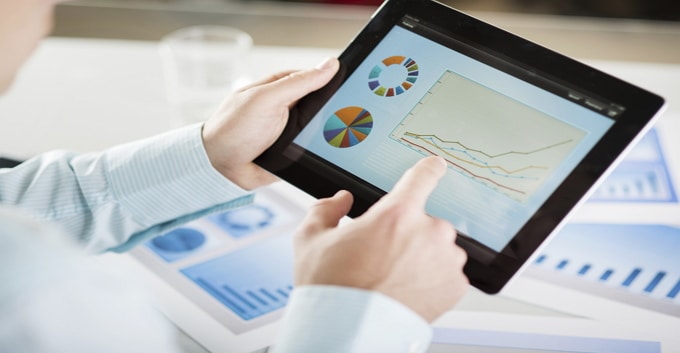
Data democratization has changed the way businesses and brands approach information. What used to be a science reserved for the companies with the time and resources to dedicate to large-scale data collection has become a commodity available to all businesses. However, the widespread availability of data doesn’t necessarily make it any easier to understand and analyze.
Data visualizations are the final element that makes the newly available universe of data into a tool that businesses can use to make insightful decisions. Instead of requiring the skills of a data analyst combined with the instincts of an experienced executive, visualization allow the analysts to present the data in a way that executives can draw insights from.
Spreading Democracy, Bit by Bit
The impact of visualizations on information democratization is not a particularly new revelation. The emergence of visualization can be seen by the literally thousands of infographics that are created and posted to sites like Pinterest.com, Visual.ly’s search engine or found with Google’s image search tools. What’s more, many of these infographics are exploratory in nature, allowing the viewers to not just understand a single point of data, but to make their own conclusions and decisions.
The Emergence of Data Visualizations as Decision Making Tools
Data visualizations have, similarly, existed as internal tools for a long time. Even before the onset of democratized data, pie charts, data tables, scatter plots and other charts have played a role in reporting information.
However, these types of data visualizations tended to be primarily useful for presenting a concept, but they had limited usefulness when it came to developing multi-level, complex insights from the collected data. That meant that it was the role of an analyst to interpret the data, decide on what was important, and then present that interpretation. While many analysts were very capable of handling this responsibility, it meant that many knowledgeable executives weren’t allowed the opportunity to put their experience to good use.
Advanced data visualizations bring those executives into the process earlier. Analysts are still required to build a good data visualization – it requires experience and skill to collect, organize and format the data in such a way that it can tell a story. But, instead of deciding what that story means and presenting it simply, brands can now allow the rest of their team to use these windows to the data in order to make sense of what’s being seen.
A word of caution: While we’ve focused mostly on internal data, there is also a real benefit to using externally created data visualizations as decision-making tools. The nature of an infographic, however, makes it more difficult to track down the source data. If you’re making mission critical decisions based on an external visualization, it’s vital that you first confirm the validity of the data sources.
The widespread availability of big data is only the first step to a true democratization of information. The next step, and the one we’re in the middle of now, is the regular and habitual use of visualizations as an internal decision-making tool. It’s this trend that will turn buzzwords like “taking advantage of information democratization” into “just doing everyday business.”
